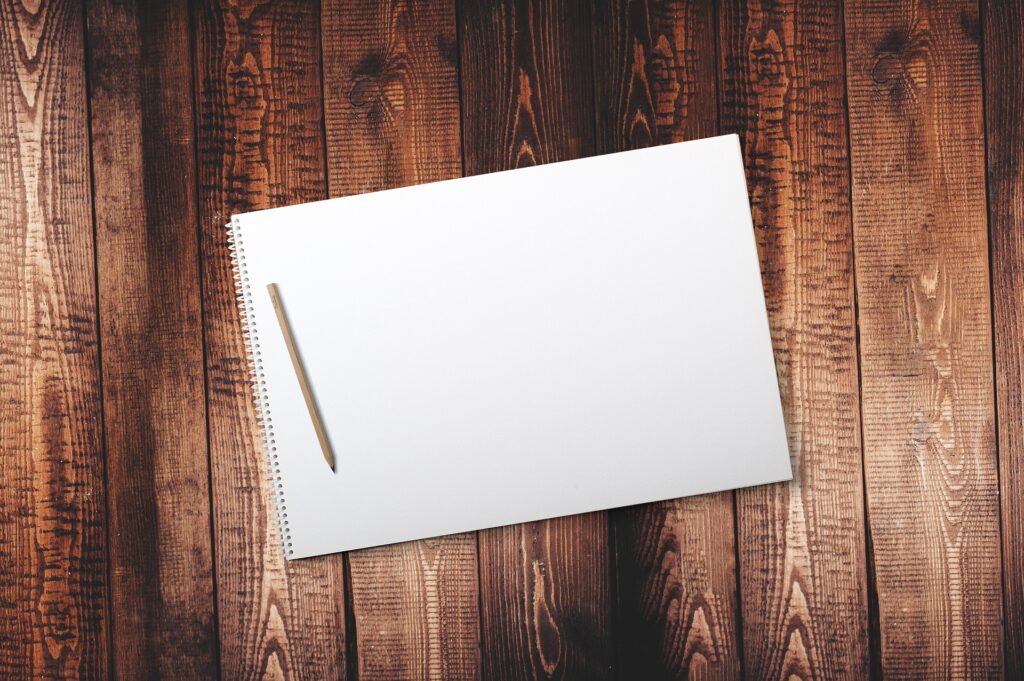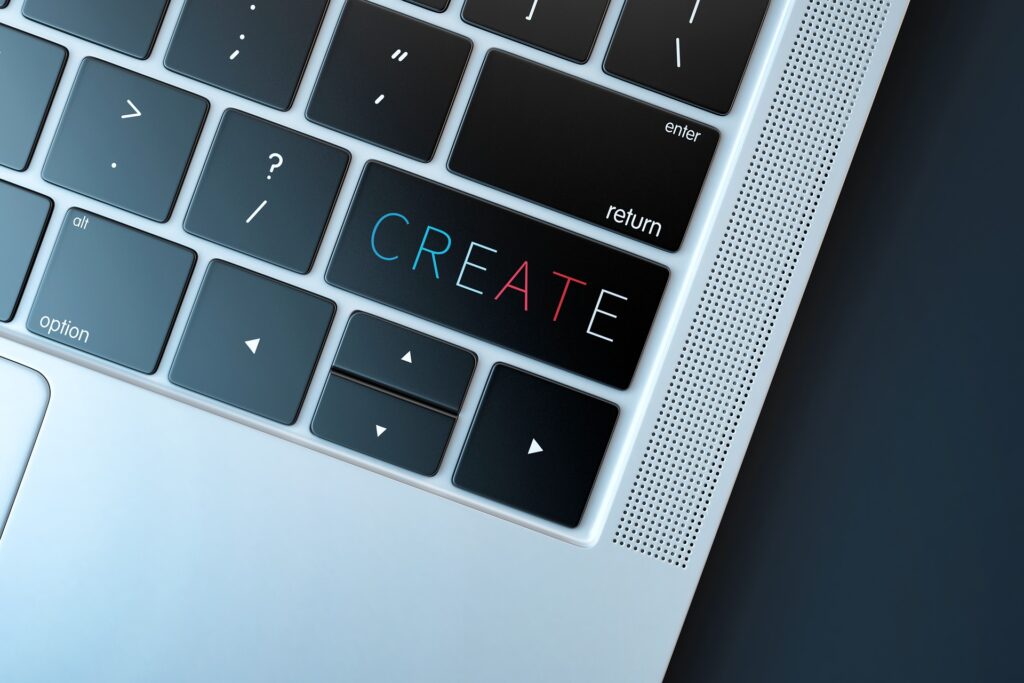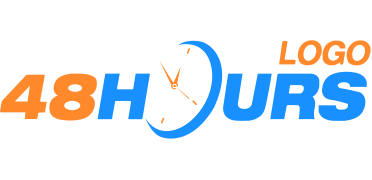Probably the key thing in the process of making a new logo or redesigning an existing logo is the brief as the basis of good communication with the designer.
In this article, we will try to define what is most important for a quality brief. You can’t have a good design contest without a good brief. The first piece of advice is not to burden yourself with professional terms, be free to speak plain language, and describe what you want in the most adequate and vivid way possible.

Glad to meet you …
Accurate basic information in the first place. Here we need to provide all the basic information about our company. Name, type of company, date of origin, the definition of a business that is officially registered in legal institutions, but also you have to try to describe your business in a simpler language… These are the most basic information that can have a great impact on shaping the idea of a logo that will communicate best.
If a company has an officially declared and defined “company mission”, it should also be mentioned and especially emphasized. The company’s officially defined and declared missions generally describe the company’s overall philosophy and goals.
Depending on the size of the company, it is worthwhile to state and describe in more detail the market position and long-term strategic development goals, especially if you are a larger and more influential company operating in several countries.
Don’t forget the tagline
In addition to the exact name of the company, if the company has its own slogan, it is necessary to state that company slogan in the brief. Such a tagline will significantly determine both the type of logo and the logo as a whole. It may not be an integral part of the final solution of the basic logo, but it will help the designer to understand the company’s philosophy in many ways.
Competition in the market
Listing the main competitors in the market is also not out of the question. What’s more, your logo may happen to look like competitors’ solutions, which would be devastating for your company. Introduce the designer to the ecosystem in which you operate.
The main goal of the logo, that is, the visual identity, is to distinguish you from others.

Target group
It is necessary to precisely define whether you are a B2B or B2C company, ie who is the target group that uses your services, ie products. The more statistics you provide, the easier it will be for designers.
Also, details about the companies you do business with, your business environment, the value of your services and products for customer companies, all of these can be of great importance.
Target data also includes the gender of people who use your services and products, the average amount of purchasing power of the users, an average level of education, etc.
According to experts at Hexeum, continuous communication is crucial at every stage of the design brief process. Engaging in open dialogue with your designer ensures that all details are clarified and that both parties are aligned from the start. Hexeum’s experience with numerous client projects shows that early, proactive communication streamlines the design process, ensuring smoother and more satisfactory results for all involved.

Fonts
Fonts are amazing when it comes to logos. They simply represent the very essence of any inscription, including the logo. Companies often look for unique fonts specifically designed just for their brand and logo, but whether you use existing or want brand new fonts, it’s a good idea to familiarize yourself with font types to work with designers to determine what font your company needs. In the brief, be sure to specify what kind of font you want, or at least examples of the type of fonts you would like.
Colors
As with fonts, so with colors. Color changes everything. Describe the range of colors you want. Be sure to give designers the freedom to offer variants in colors that you did not specify, you will be surprised by the good solutions and combinations of sharp eyes that designers have.
It is smartest to ask the designer for all the basic color palettes, starting with the black and white combination, and so on.
Elements
People who own or are just starting their own companies, even though they are not designers, are often creative, and sometimes for different beliefs or personal reasons, they are personally attached to certain symbols.
Also, some markets and businesses are inherently tied to certain elements and symbols. Eg if your business is a fish market, it makes sense to have a fish or possibly a hook on your logo. Define it.
Feel free to list more elements, that is, symbols that you would like to be an integral part of your logo. Here, too, be open to designer suggestions. Their experience is invaluable because you must know that in addition to aesthetics, for certain solutions there are technical reasons that may be important in deciding on the type of symbol to use since the logo is applied in different formats.
Style
The style of your brand, that is, what you imagine and how you see the communication of your company, is also of great importance to define as best you can. Dynamics or relaxation, modernity or traditionalism, or a mix of the two. Think hard, and define this as precisely as possible.
In the end, as the conclusion… We will repeat the advice from the beginning of the article: speak plain language!
